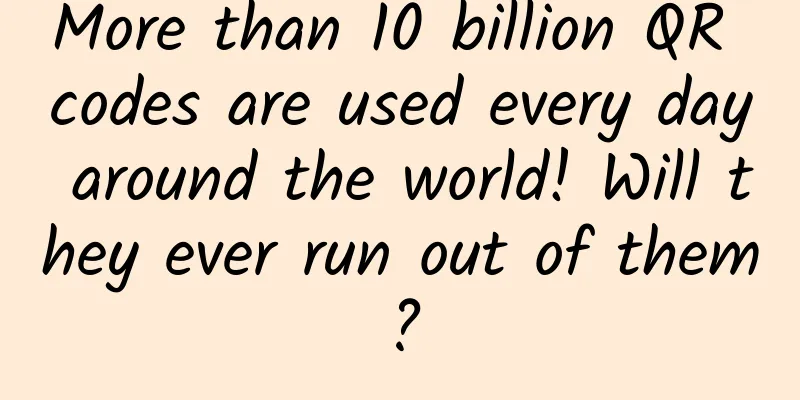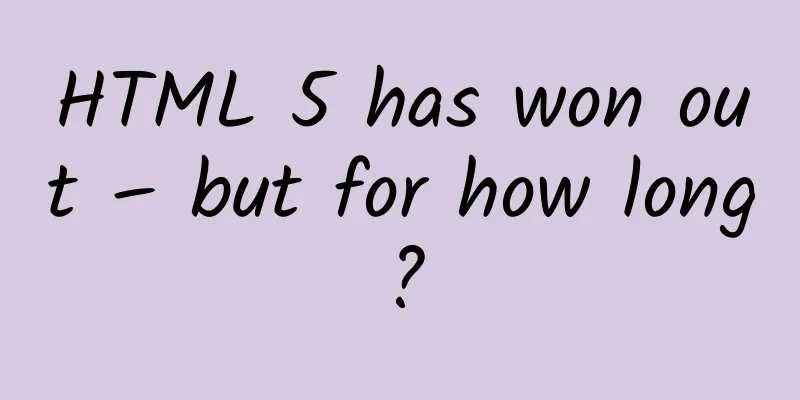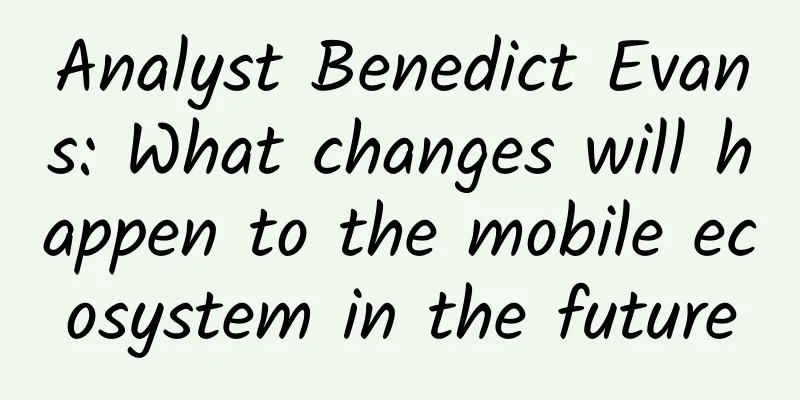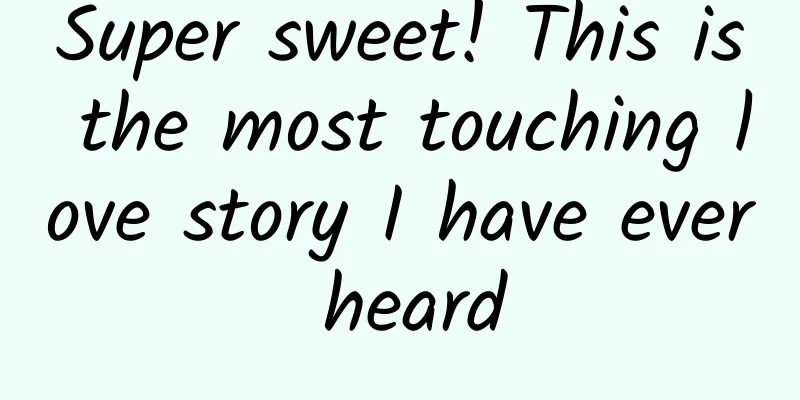More than 10 billion QR codes are used every day around the world! Will they ever run out of them?

|
Every day we use a lot of QR codes, whether for taking a ride, paying, or getting information... just scan a QR code to get everything done. According to incomplete statistics, the global usage of QR codes is as high as more than 10 billion per day. How are they generated? Will they be used up? What is a QR code? A QR code, also known as a two-dimensional barcode, is a black and white graphic that records data symbol information using certain specific geometric shapes distributed in a plane (in two-dimensional direction) according to a certain pattern. The code is compiled by cleverly utilizing the concept of "0" and "1" bit streams that form the basis of the computer's internal logic, and using several geometric shapes corresponding to binary to represent textual numerical information, which is automatically recognized by image input devices or photoelectric scanning devices to realize automatic information processing. QR codes have the characteristics of large storage capacity, high confidentiality, high traceability, strong damage resistance and low cost. Therefore, they have a wide range of applications, especially in security and confidentiality, tracking, certificates, inventory counting, data backup, etc. Will the QR codes run out? Theoretically, QR codes will be used up one day. The size of a QR code is fixed, and the number of black and white squares that can be arranged and combined in a fixed area is limited. When the stored data exceeds the capacity limit, it will be used up. However, in practical applications, the capacity of a QR code is usually very large, far exceeding the amount of data we usually need to store. Taking the WeChat payment code that we usually use as an example, there are 25×25, or 625 small squares in the QR code matrix. Excluding some squares with functions such as positioning and error correction, there are 478 squares left. Each square is black and white, and can form 2 to the power of 478 different QR codes. Assuming that 10 billion payment QR codes are used every day in the world, and 365 billion are used a year, it is calculated that it will take 2.14×10¹³¹ years to use up all the payment QR codes. The universe has been around for only 13.7 billion years, or 1.37×10¹º years, which is much less than the time it takes to use up all the payment QR codes. Therefore, we don’t have to worry about running out of QR codes! QR codes may contain traps, please be careful when scanning Although QR codes are convenient to use, they may also have some hidden risks. Experts say that QR codes themselves do not carry viruses, but many anti-virus software can be downloaded using QR codes. QR codes have become a new channel for the spread of mobile phone viruses and phishing websites. The editor recommends that everyone: When scanning and identifying QR codes, be sure to guard against Trojan viruses, and do not scan QR codes from unknown sources. If you need to install application software, try to choose official channels, be vigilant in all aspects, and protect your "wallet". |
<<: What is so great about this ancient Chinese mathematical treasure?
>>: Does washing your hair every day cause hair loss? Here are 5 truths about washing your hair →
Recommend
QQ is openly building its defenses while Alipay is secretly making moves. Who will win in this year's red envelope battle?
Will the three-year Spring Festival red envelope ...
Why smartphones aren't cool anymore
Smartphones are no longer cool. Although people a...
How to combat online music piracy? The key is not just about how many copyrights you buy
Since the rise of online music, Chinese people ha...
A universal brand marketing formula
A niche domestic brand, without any Taobao market...
Cocos Game Development Engine——A game engine tailored for you
As the first one-stop solution for game developme...
"Hitting a tree can improve your health"? Wrong! Be careful of serious problems
In the park in the morning Have you ever seen suc...
How to optimize Baidu OCPC?
How to optimize Baidu OCPC ? This problem has nev...
Bilibili v5.52.0 modified version unlocks the theme and breaks the cache copyright restriction_Free software download center, ai software
Software Information Name: Bilibili Package name:...
WWDC 2016: A comprehensive upgrade of OS experience
In order to showcase the latest software and tech...
Can you lose weight by not eating staple foods?
First of all, we need to know that the principle ...
How to design a good operation activity?
In addition to working hard on visual design, ope...
How to use Toutiao's recommendation rules to create a hit article with over 1 million readers? (10,000 words of dry goods)
Toutiao has been able to become a disruptor in th...
If information flow advertising can achieve these 3 points, the effect will be reversed in minutes!
A page that can stimulate users' desire to co...
Song Zhiming's "Long and Difficult Sentences Skill Analysis Class"
Course Catalog ├──Analysis of Long and Difficult S...









